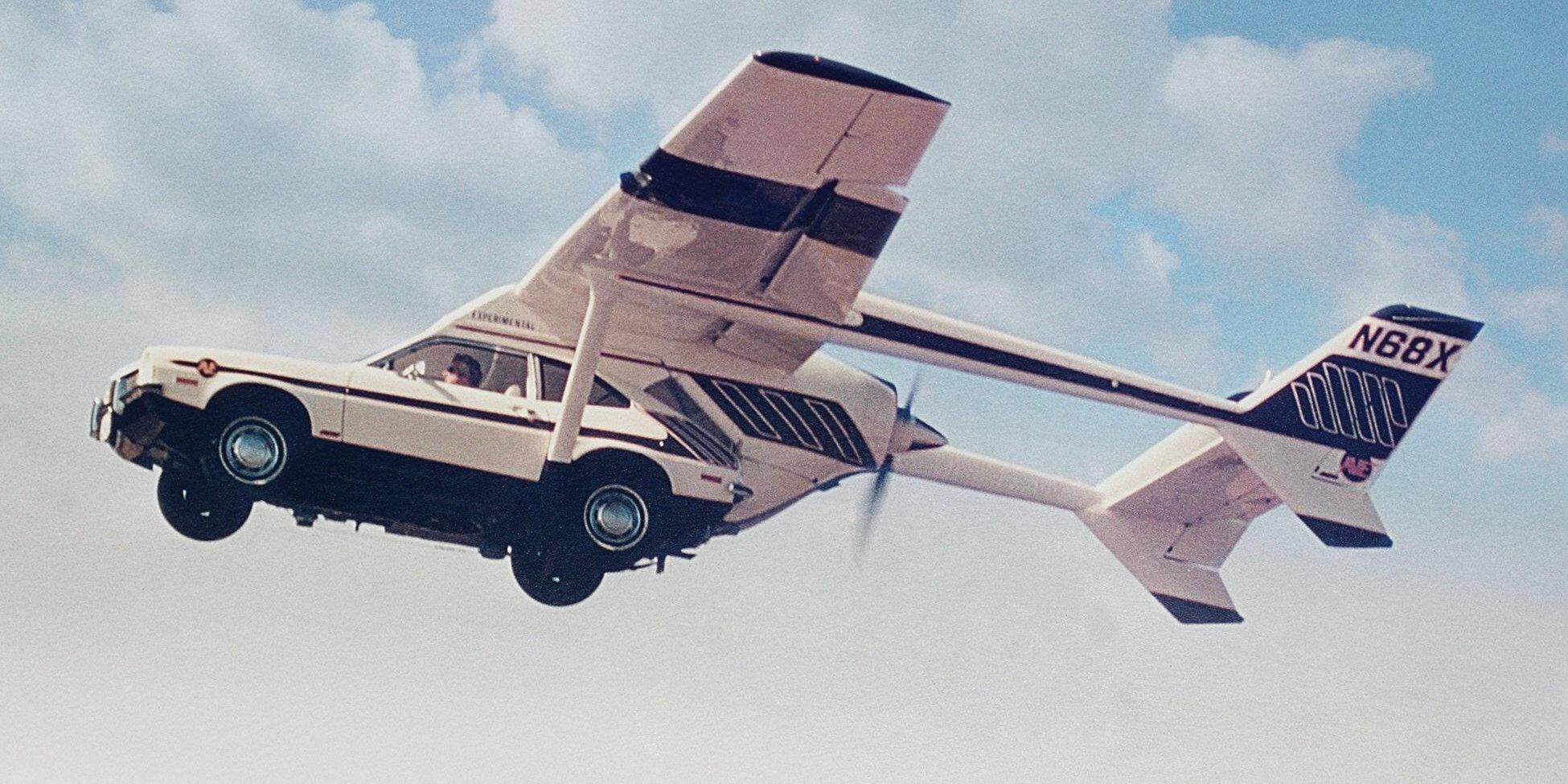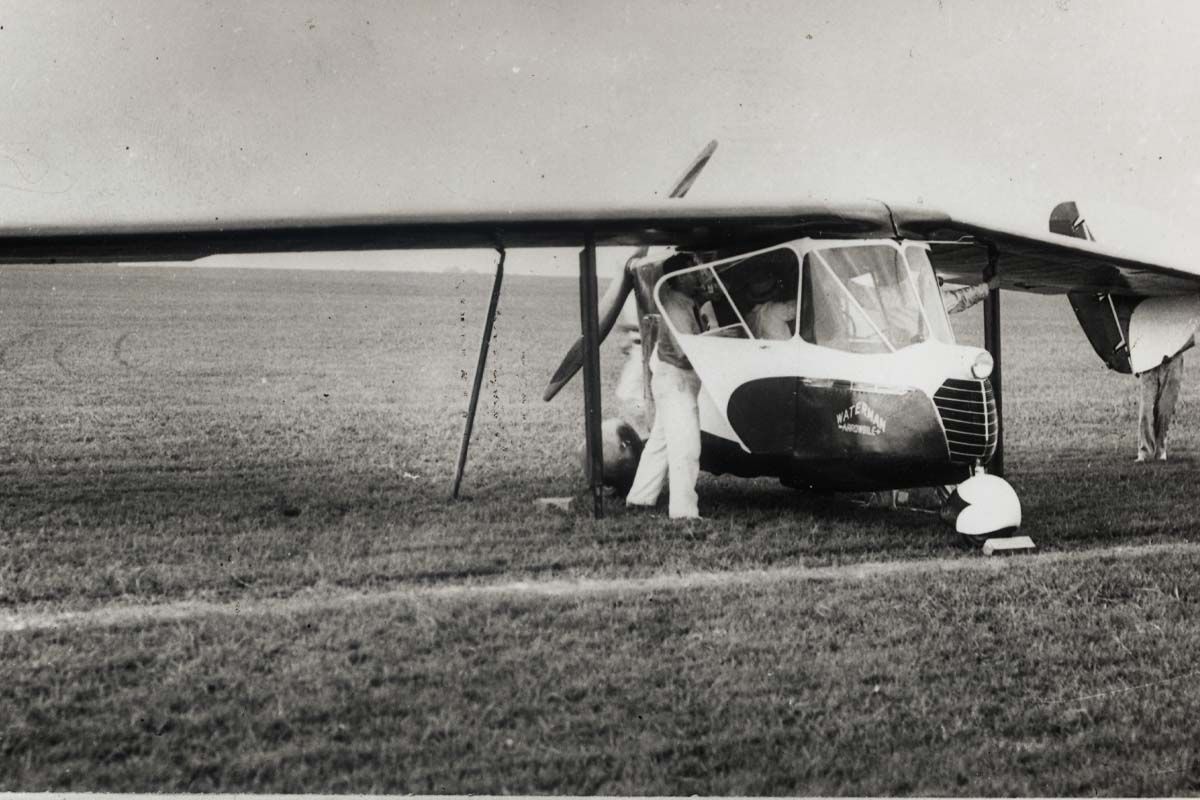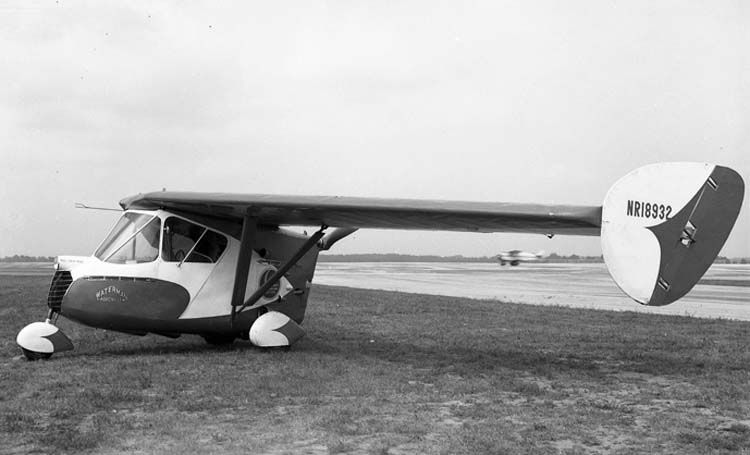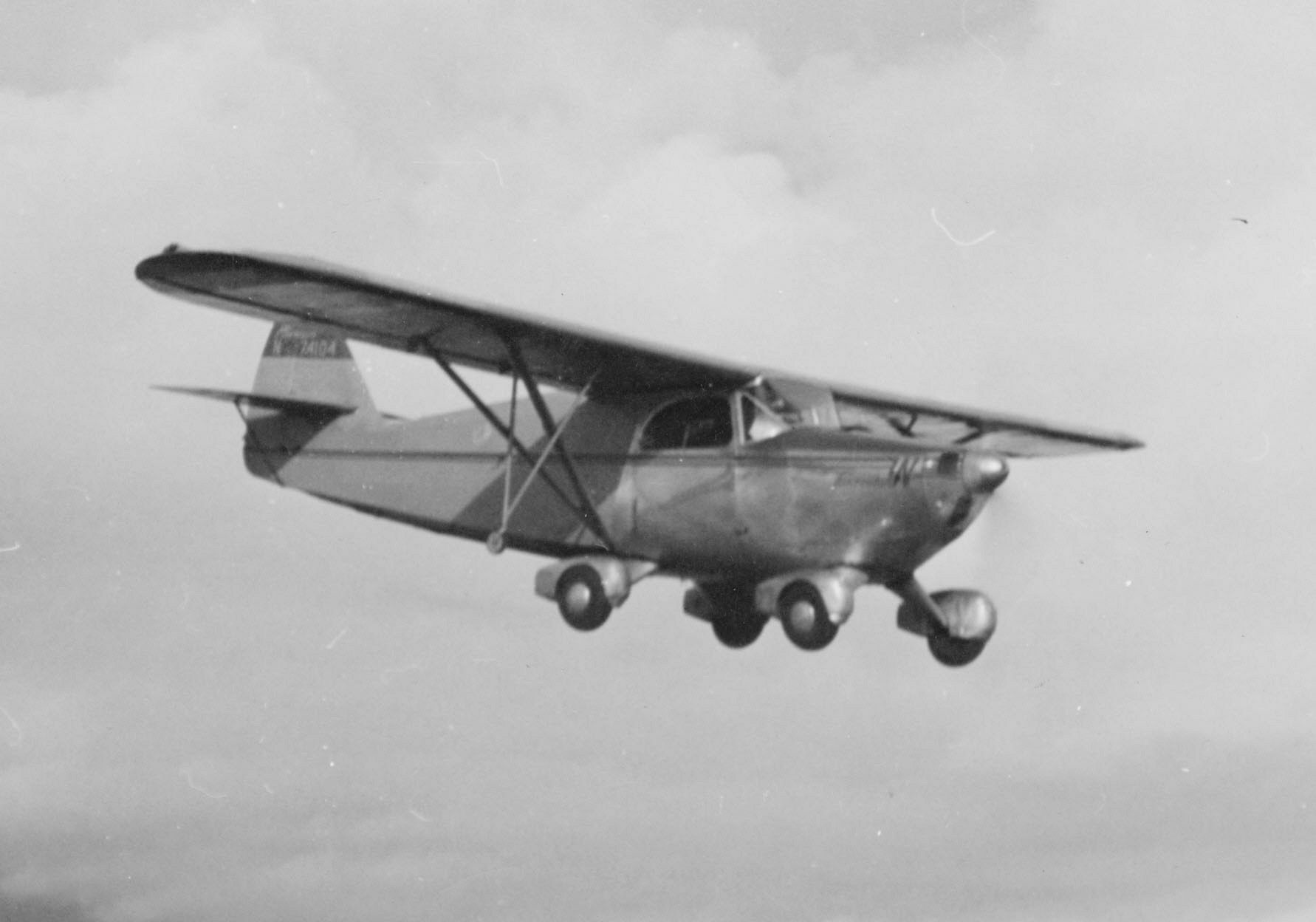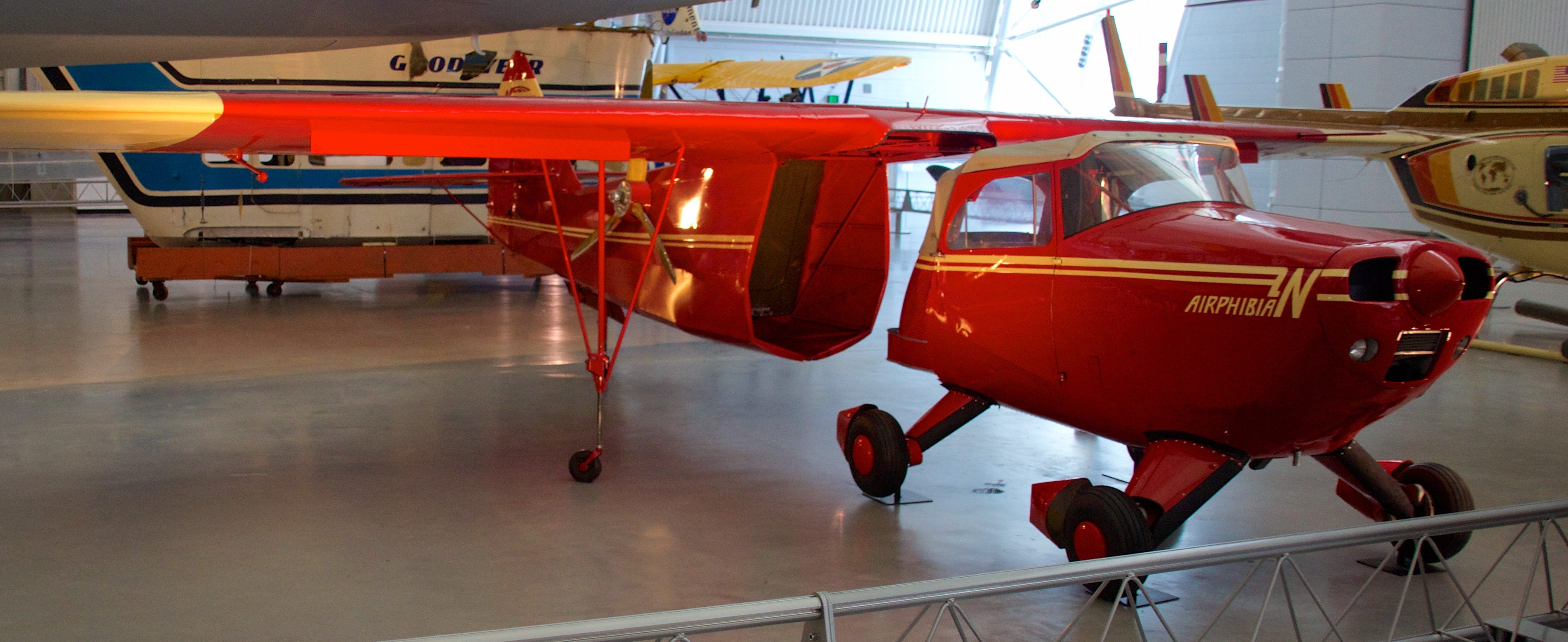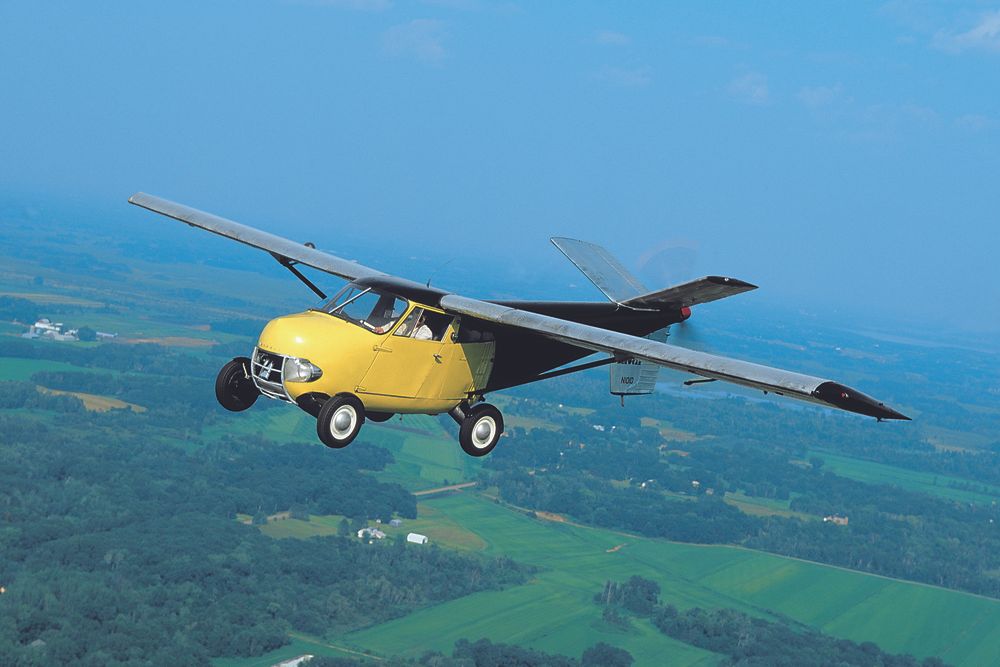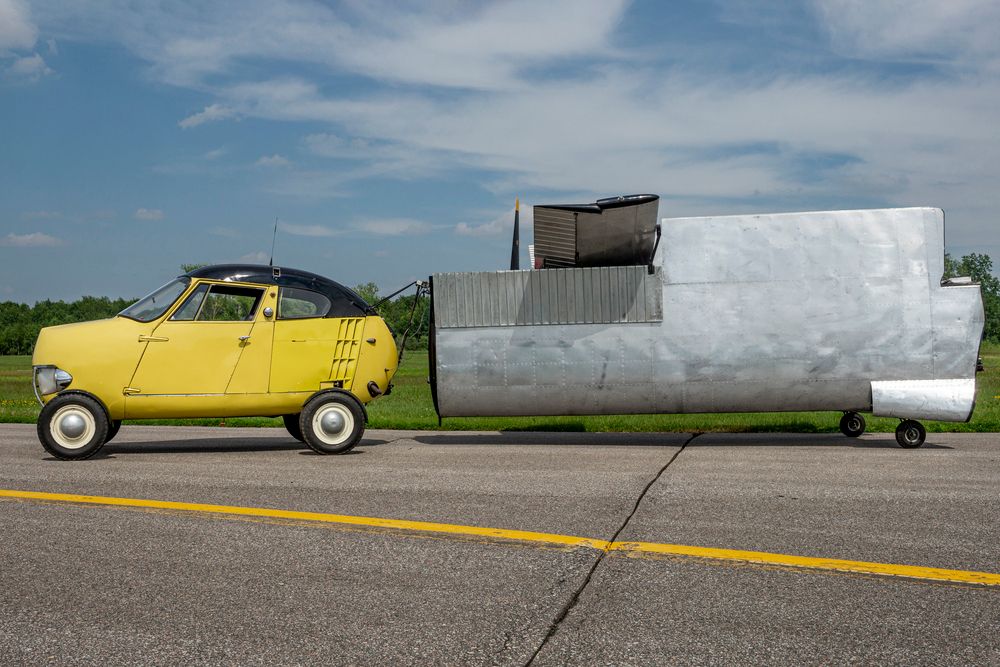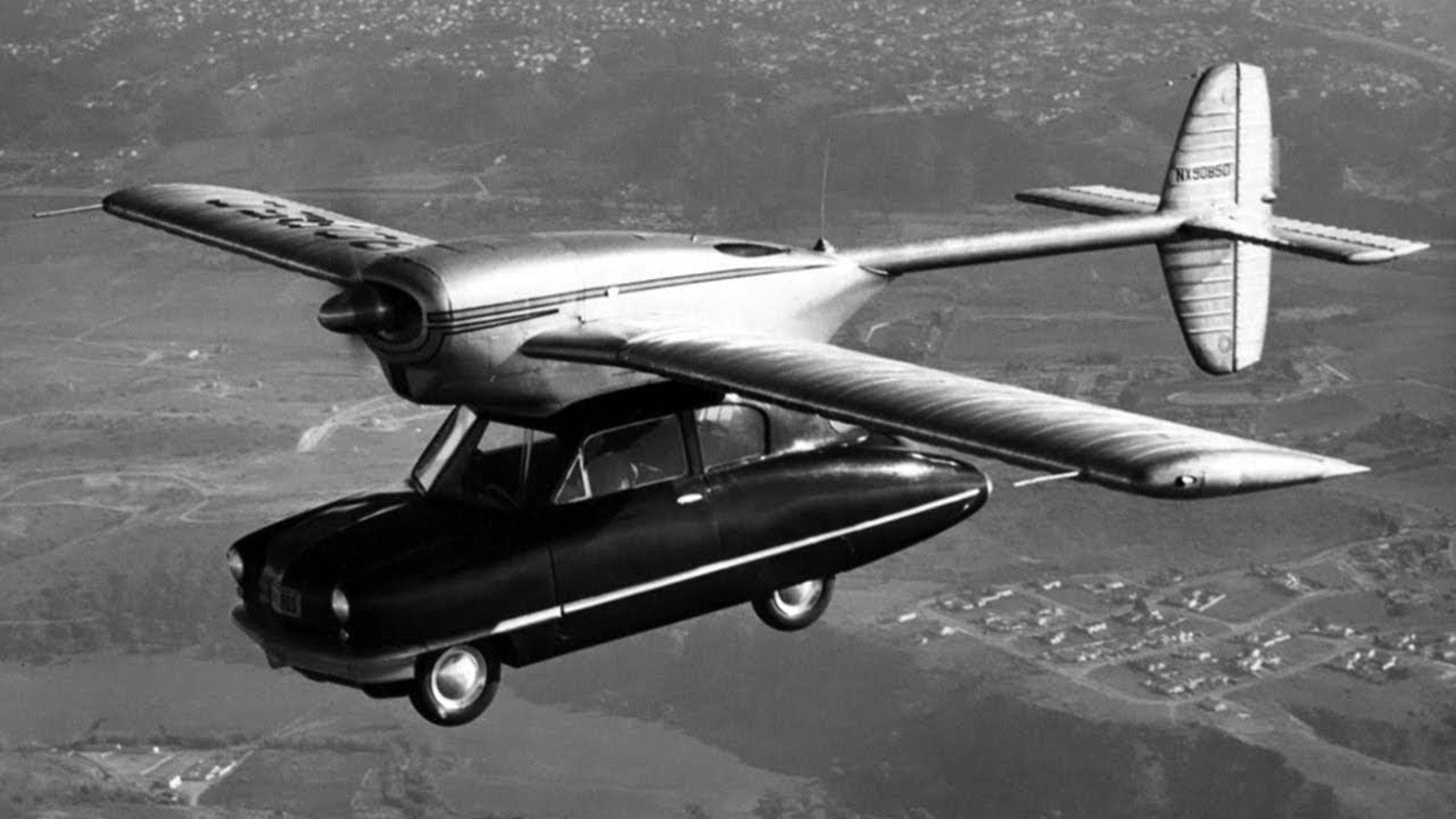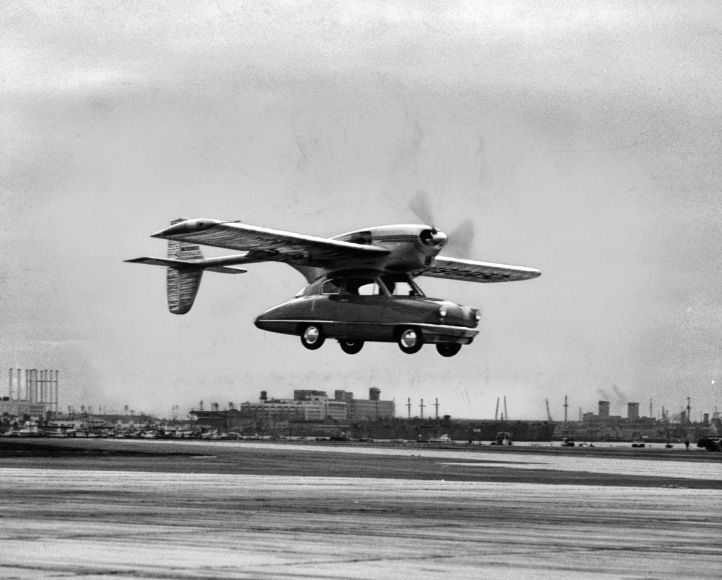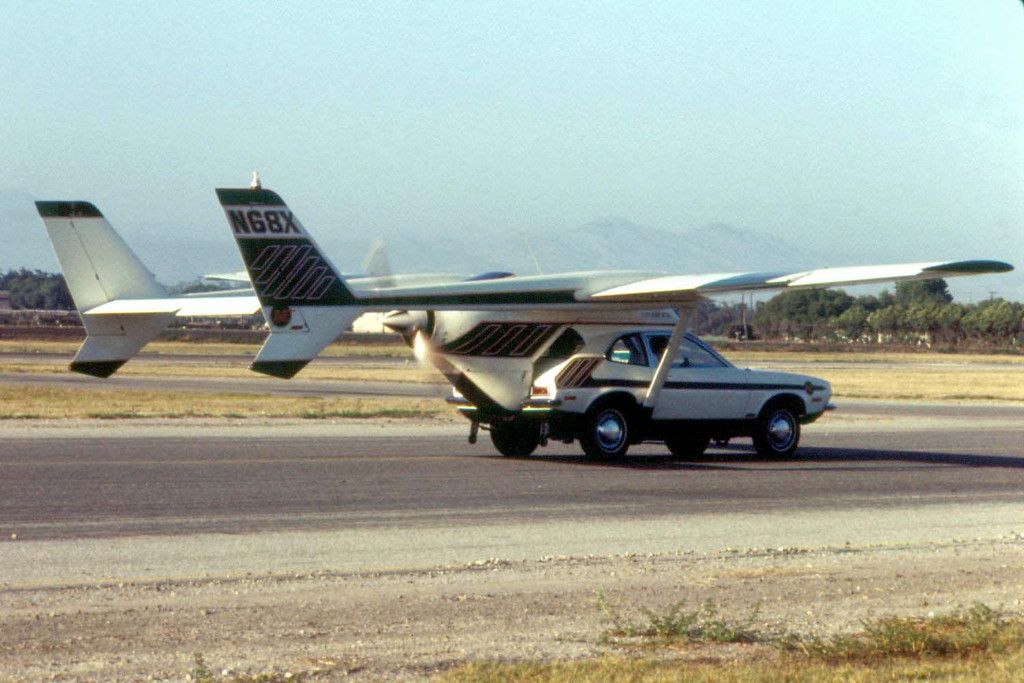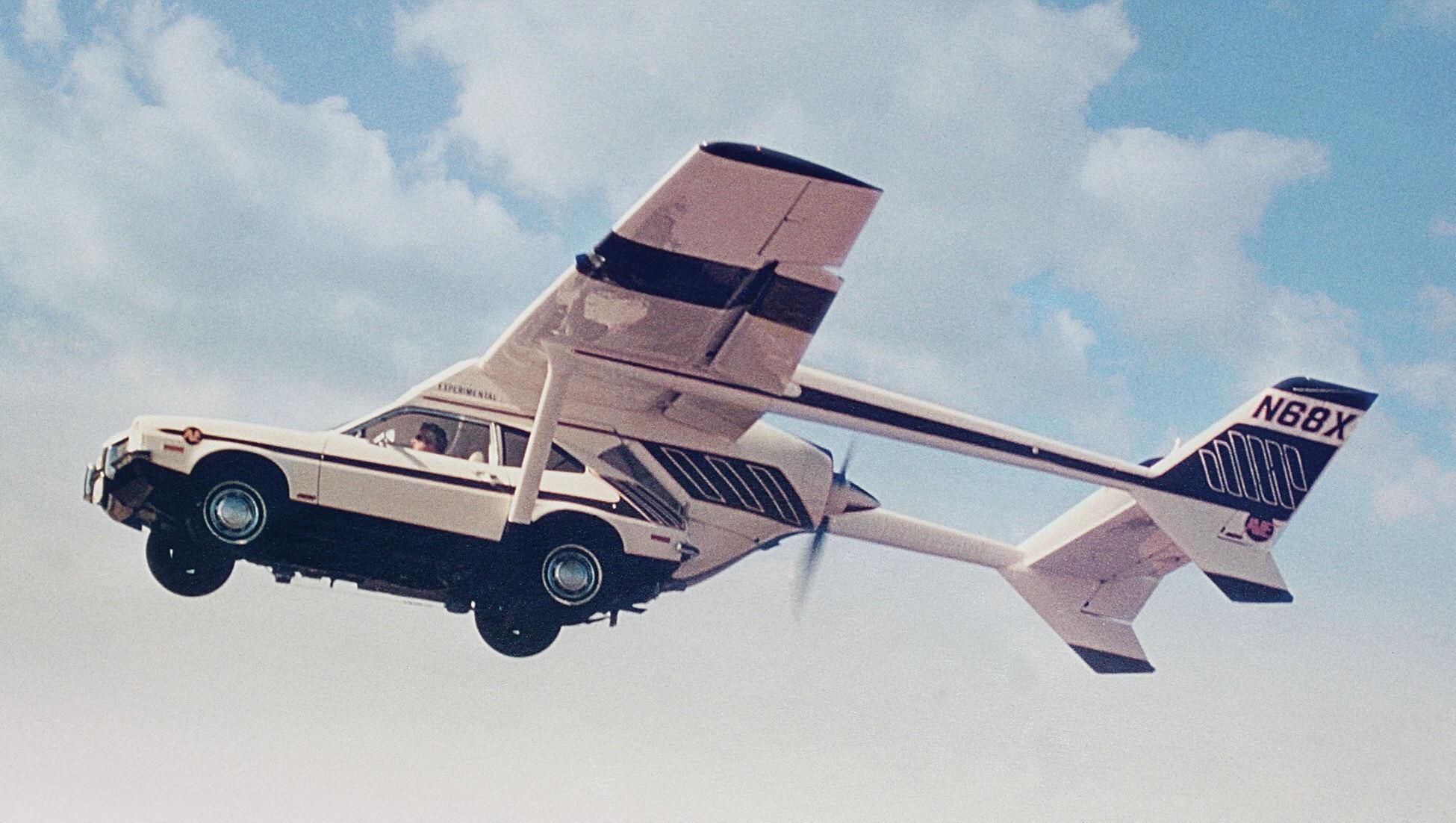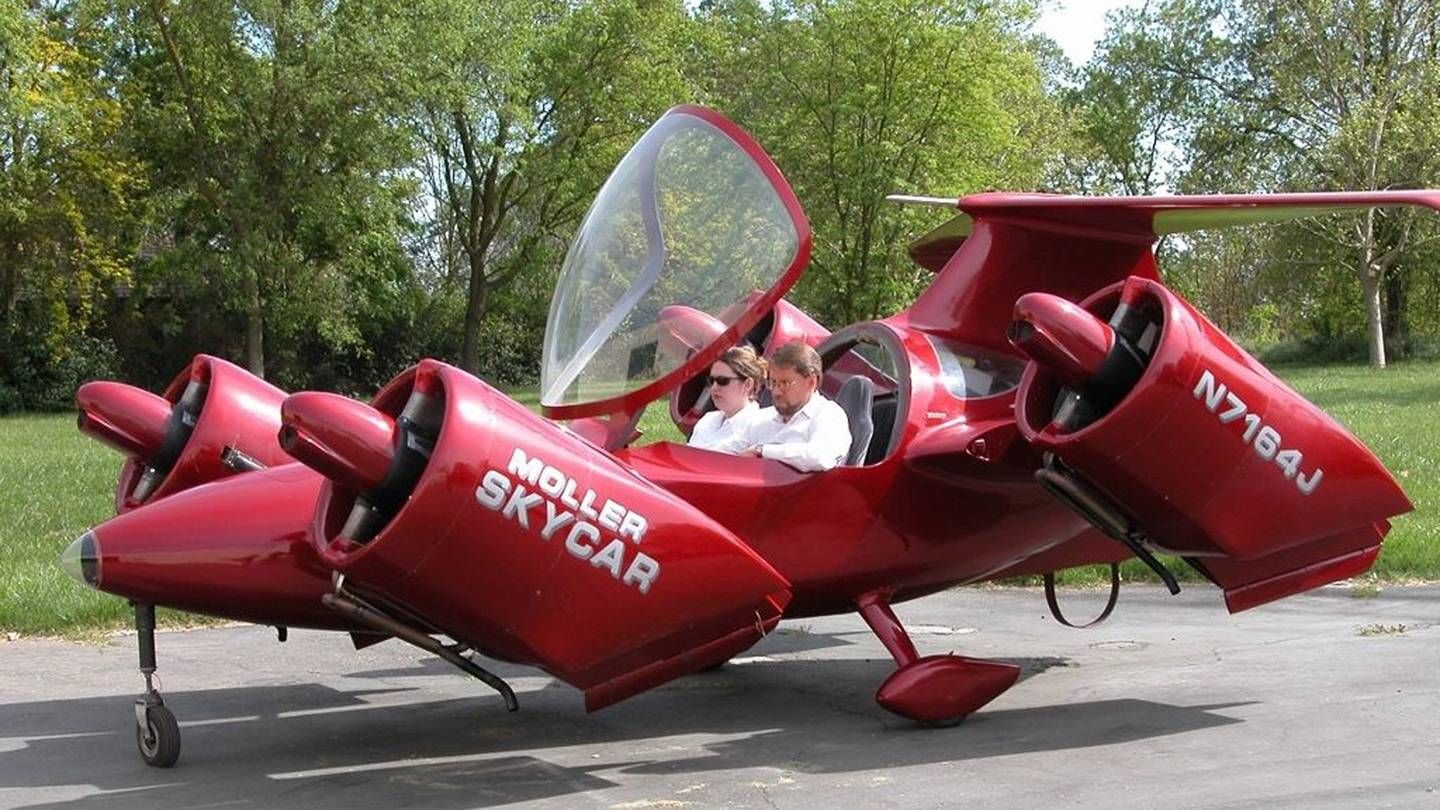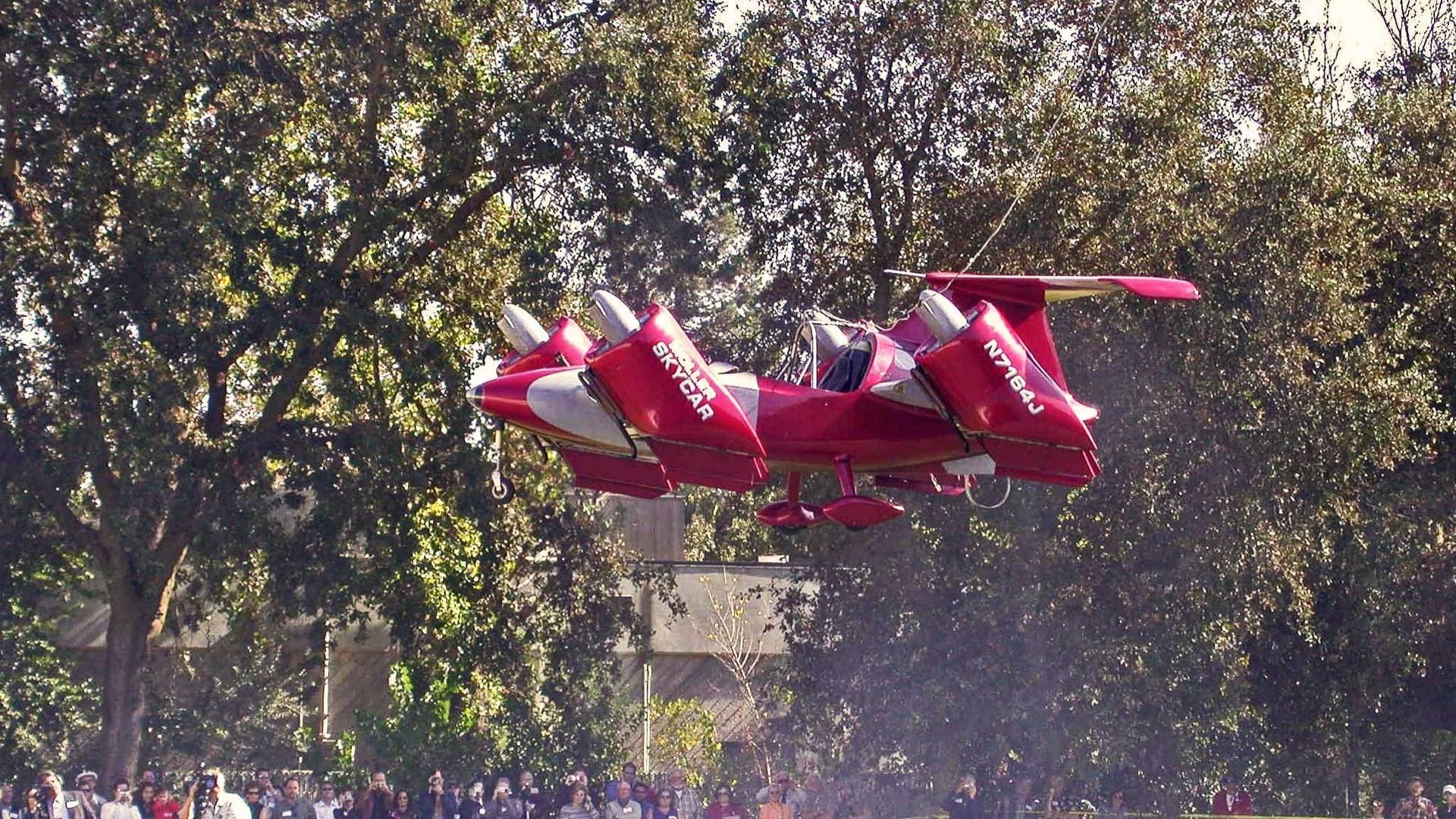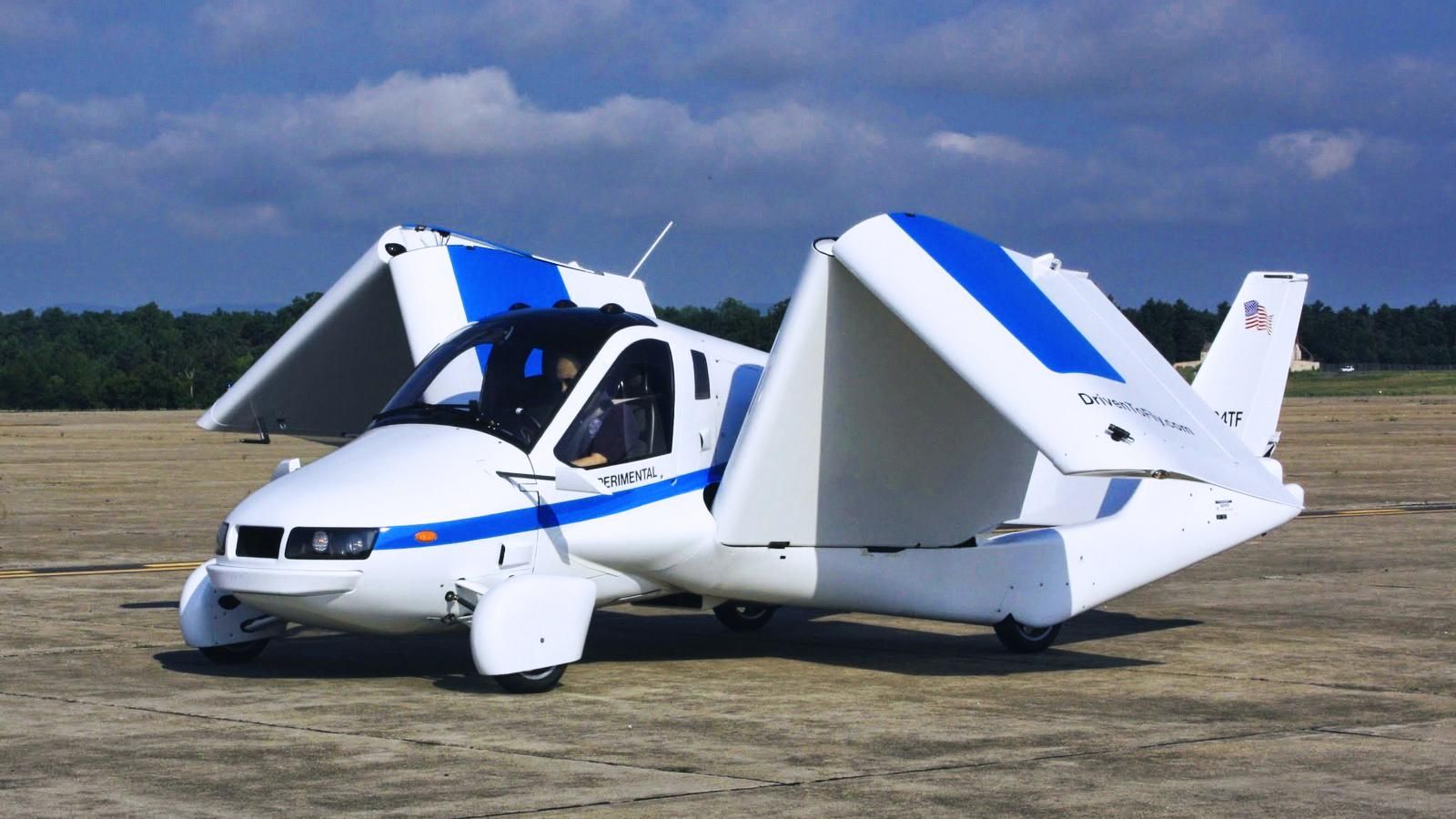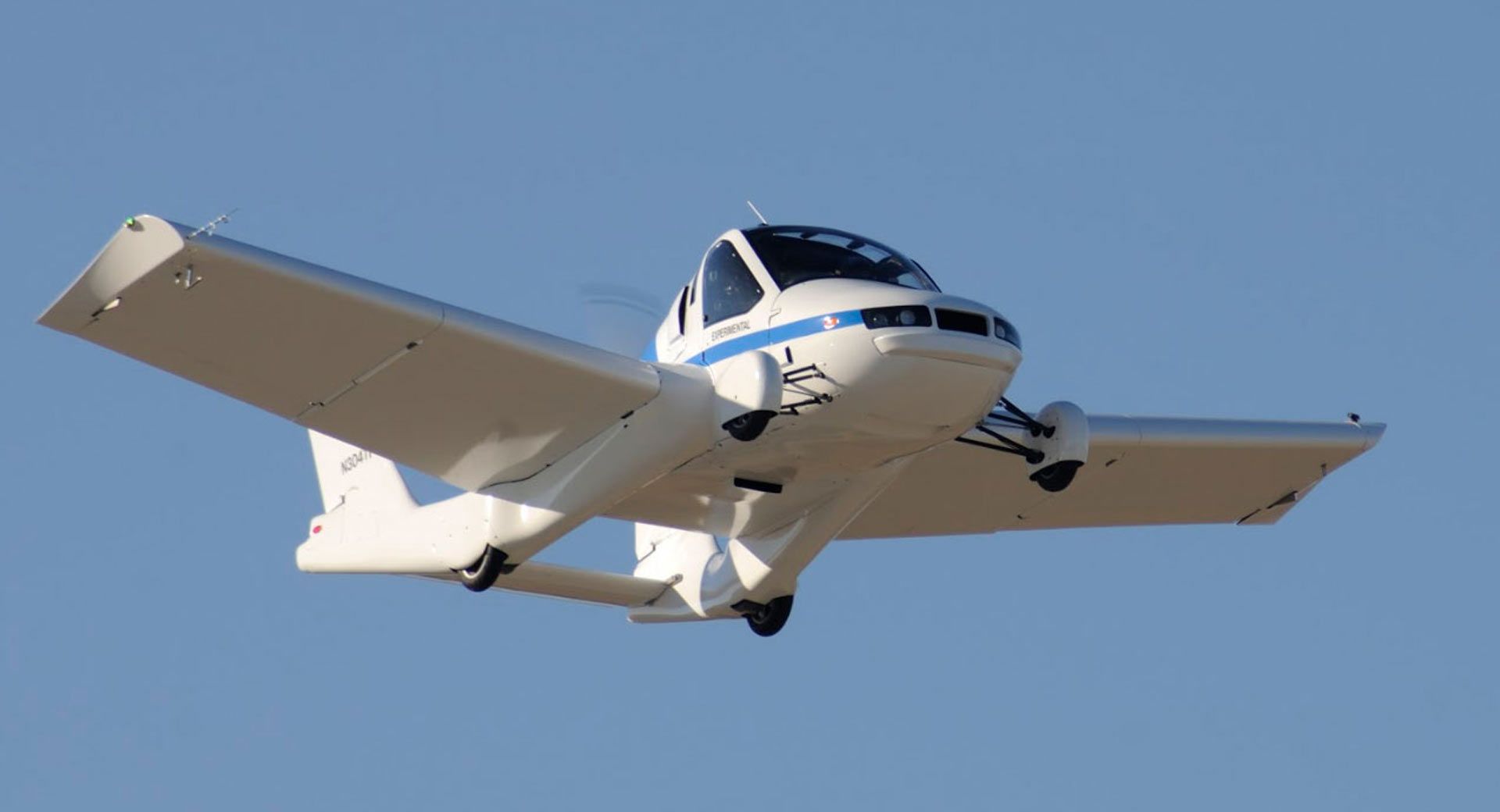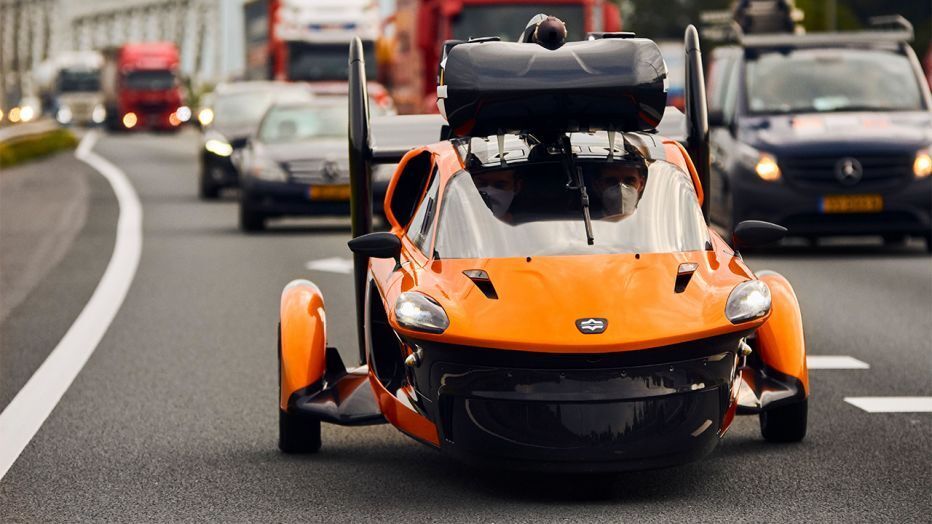Just imagine what the future of transportation holds. While autonomous cars are quickly becoming developed to the point where they seem like the most realistic vision of the future, the oldest, and still the most exciting sci-fi prophecy of future cars has always been ones that both fly through the air and drive on road.
While they may seem like something that only exists in science fiction, the truth is that flying cars that genuinely fly have existed since the 1930s. While none have ever entered full production, and none have been as seamless in operation as cartoons make them out to be, flying cars are a real thing, as these 8 prove.
8 Waterman Arrowbile
Technically a roadworthy airplane, and not a full flying car, the Waterman Arrowbile hails from before the concept of flying cars even became a sci-fi trope of the future.
Created by early American aviation pioneer Waldo Waterman, the Arrowbile began life as his "Arrowplane" in 1935, created for a government competition regarding affordable and easy-to-fly airplanes.
Refining it into the Arrowbile, he built it mostly out of car parts like a Studebaker radiator, and Willys brakes among others. The Arrowbile could detach its wings and propeller, then transition engine power to the wheels rather than the prop. First taking flight in 1937, the Arrowbile saw six units produced, but never entered full production.
7 Fulton Airphibian
Another surprisingly old flying car that genuinely worked as both, the Fulton Airphibian was a far more traditional design than the Waterman Arrowbile but was equally strange in how it converted into a car.
A design of American aviation innovator Robert Edison Fulton Jr’s, the Airphibian was designed and built right after WWII. Converting between its car form and airplane form by attaching the entire wing, tail, and fuselage assembly (pictured separated above), the Airphibian was designed to fly into an airport, detach the plane half, then reassemble into a plane after driving one whatever destination it arrived at.
Certified as a design in 1950, the Airphibian was the first flying car to be formally certified, and even though four were built, mounting costs caused the company to be sold off, and the Airphibian abandoned.
6 Taylor Aerocar
Another somewhat successful attempt from the early days of flying cars, the Taylor Aerocar was a hilariously unique egg-like design both in car and airplane form.
First flown in 1950, and certified in 1956, the Aerocar was able to function as a small compact car and convert into an airplane when needed by towing its wings and tail behind it to the nearest airfield, bolting them on to take flight.
Powered by a Lycoming O-360 flat-4 engine that's commonly found in small airplanes, the Aerocar's engine provided power to either the rear-mounted propeller when converted to airplane mode, or the wheels when driving around as a car, with a 100 mph top speed while in flight. An interesting design on road and in the air, five Aerocars were built, making it a fairly successful attempt at a flying car.
5 Convair Model 118 ConvAirCar
Lifting off even earlier than the Aerocar, the Convair Model 118 was a flying car in the most literal sense, with a design that looked far more like standard road cars of the time.
Originating with the Model 116 that took flight in 1946, the ConvAirCar was the idea of aircraft engineer Ted Hall's and had been rejected as an idea for a military vehicle. Evolving and refining it into the fiberglass-bodied Model 118, just like the Aerocar, this flying car would carry the parts used for flying behind it, then bolt them on once at an airfield.
Using separate engines for the wheels and propeller, the Model 118 successfully took flight in 1947, but crashed during testing, resulting in a second prototype being built, but no production run reached.
4 AVE Mizar
Another similar vintage design, the AVE Mizar rather than design a new car to receive wings, took an existing one and added the wings and tail from an existing airplane too.
Specifically based on the infamous Ford Pinto, the AVE Mizar's development started in 1971 by Northrop engineer Henry Smolinski. Taking the twin-engine Cessna Skymaster, the AVE Mizar was a rather unfortunate mating of two vehicles that left several problems unaccounted for.
Heavier than what the Skymaster was rated for, the way the Mizar unbolted from its airplane half was also questionable. While it made a few short but successful initial test flights, sadly the Mizar fell apart during flight in 1973, killing Smolinski and the pilot on board.
3 Moller M400 Skycar
Perhaps the most futuristic and sci-fi looking of all the various flying cars that were built, the Moller M400 is a seriously cool vehicle that sadly never made it out of development.
Aiming to act as a vertical take-off and landing (VTOL) airplane, as well as a car, the Moller M400 concept was first shown to the world in a 1991 issue of Popular Mechanics. The M400 Skycar's story doesn't get much more successful from there though, as despite a public flight in 2003, the M400 never really got beyond the testing phase and into production reality. Despite having misfortune on the development, the M400 Skycar has some interesting propulsion to it, using eight Wankel rotary engines known as Rotapower motors to drive the ducted fans that give it lift and thrust.
2 Terrafugia Transition
One of the most recent flying cars to lift off, the Terrafugia Transition is an advanced, foldable attempt at one that has been in development for over a decade.
First announcing their development of the Transition in 2006, a concept prototype managed to take off in 2009 but was still far from the reality they aimed for. Refined into the "production" form seen pictured above during 2010, the Transition stayed in a development loop, with stated production dates being pushed back continuously. Recently gaining airworthiness approval from the FAA, Terrafugia supposedly laid off most of its employees in February 2021 and moved their operations to China.
1 PAL-V Liberty
While a flying machine, the PAL-V Liberty is an autogyro rather than a traditional airplane. Halfway between a helicopter and airplane, autogyros on their own are interesting aircraft, but the PAL-V Liberty takes it a step further by being fully road legal in Europe.
Using the un-powered helicopter blades to produce lift, and a rear-powered propeller to move in the air, an autogyro is a fascinating concept that has been around since the 1920s.
Combining it with a car, PAL-V created its first concept in 2009 and managed to get it off the ground with the PAL-V ONE in 2012 (pictured above). Evolving the ONE into the Liberty in 2012, the vehicle is still in development, but managed to get European road use certification in 2020, and aims to start production in 2022.

